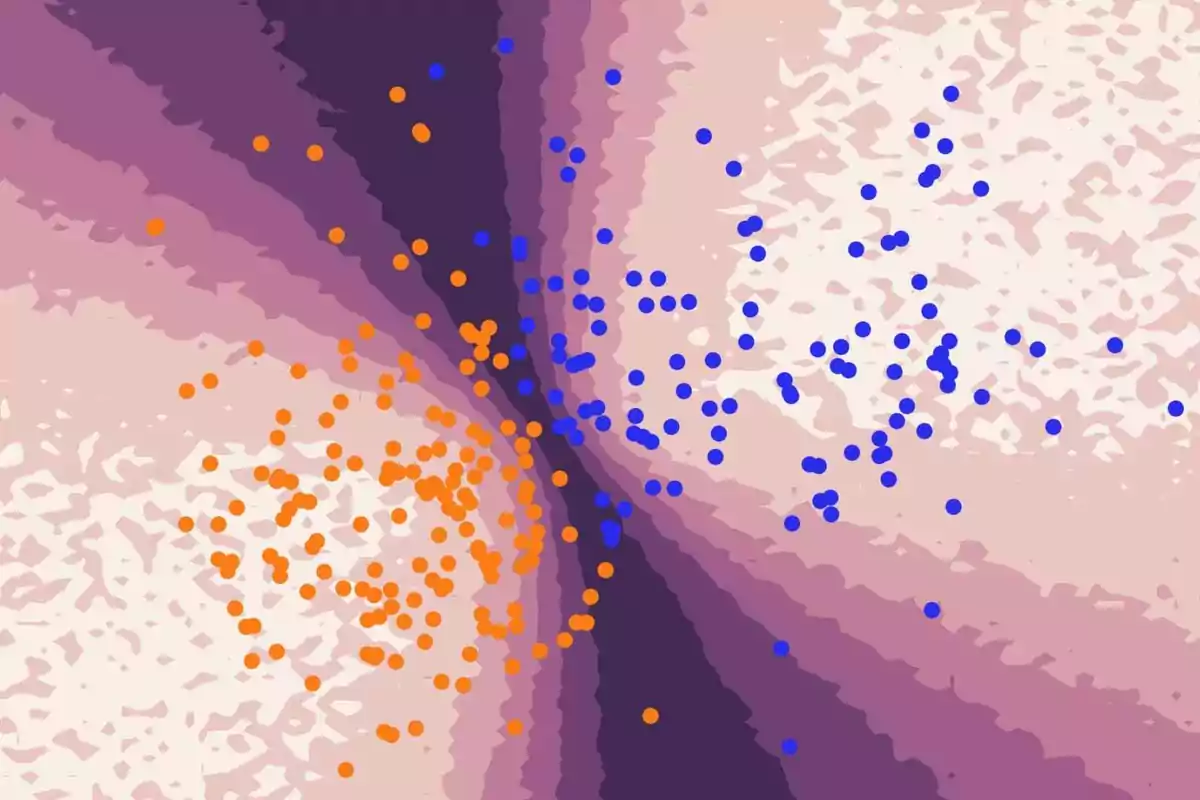
The AI that is revealing the deepest secrets of black holes
ZINGULARITY, an open-source artificial intelligence system, extracts key physical parameters from black holes Sgr A and M87.
A new open-source framework called ZINGULARITY applies Bayesian artificial neural networks to data from the Event Horizon Telescope. The system is designed to extract physical parameters of the supermassive black holes Sgr A* and M87* from very long baseline interferometry.
The work, published in Astronomy & Astrophysics, shows how large libraries of synthetic observations and scalable machine learning can handle uncertainties and reveal robust features in EHT data. It marks the first Bayesian deep learning approach applied to horizon-scale observations.
Who ran the study
The project is led by Michael Janssen at Radboud University and the Max Planck Institute for Radio Astronomy, together with C.-k. Chan at the University of Arizona, Jordy Davelaar at Princeton University, and Maciek Wielgus at the Instituto de Astrofísica de Andalucía-CSIC.
Their networks are trained on GRMHD-GRRT simulations, which model accretion flows and synchrotron emission around black holes. These simulations, used since the first EHT image of M87* in 2019, provide the ground truth for training.
Why this matters
Classical χ² fitting approaches struggle with computational cost and with the complexity of realistic data. ZINGULARITY uses TensorFlow Probability combined with Horovod for distributed learning, enabling hundreds of thousands of training samples and near instantaneous inference once the network is trained.
By working directly with visibilities, rather than reconstructed images, the framework uses the full polarization content of the data. This is crucial for distinguishing magnetically arrested disk (MAD) from standard and normal evolution (SANE) accretion flows, as shown in polarimetric studies of M87*.
How it works
The training library was generated with SYMBA, which simulates the full signal path including atmospheric turbulence and interstellar scattering. Each synthetic dataset includes noise, gain errors, and polarization leakage to ensure the networks learn under realistic conditions.
Validation tests confirmed that the chosen architectures are robust against noise and not overfit to simulation quirks. The Bayesian design provides uncertainties on all inferred parameters and identifies failure modes when observational data fall outside the trained parameter space.
The bigger picture
Next-generation EHT observations will add telescopes and bandwidth, producing even larger datasets. Reproducible, containerized tools like ZINGULARITY will be essential for extracting science from this data flood.
The framework is flexible and can extend beyond black hole shadows. Applications to relativistic jets and other active galactic nuclei are foreseen, and with instruments such as the Square Kilometre Array or ngVLA, machine learning will become central to radio astronomy.
More posts: